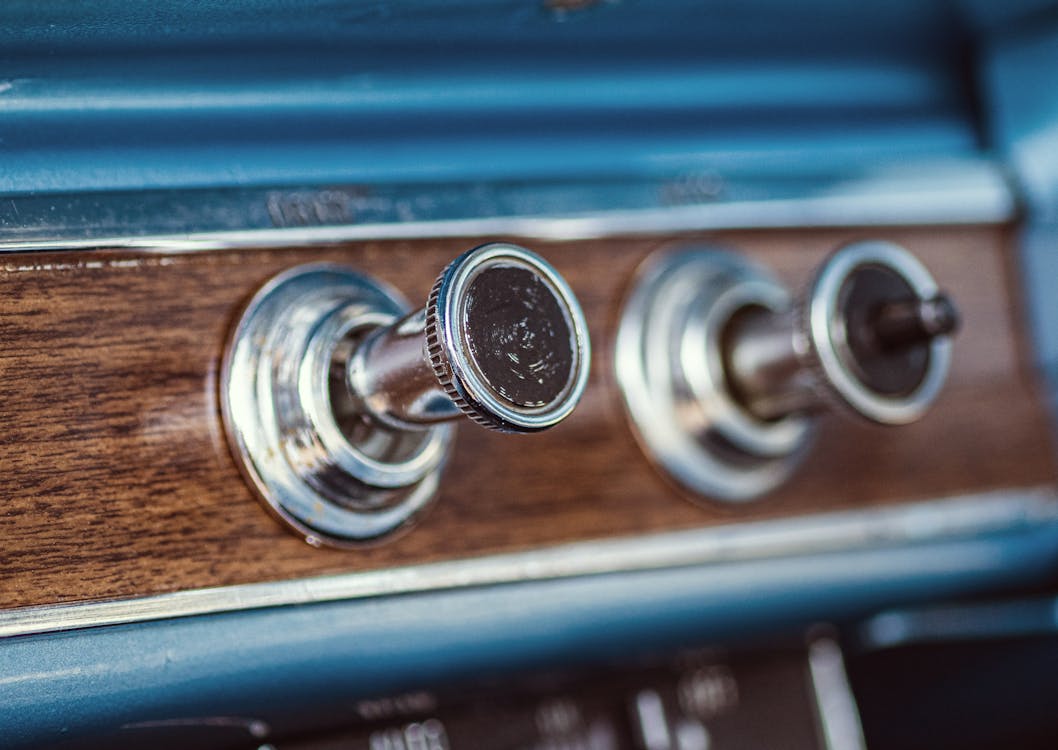Car Design’s Latest Trend: The Button Revival

For the past decade, car interiors have actually been rapidly progressing towards smooth, screen-dominated control panels. Touchscreens replaced traditional handles, sliders, and switches in what numerous presumed was the unpreventable march of development. Yet, in an unexpected spin, physical buttons are quietly making their way back right into modern-day automobiles. The shift signals greater than just a sentimental nod-- it's a feedback to real-world comments from chauffeurs yearning simplicity, security, and responsive contentment.
The Digital Overload Dilemma
When touchscreens initially began taking over control panels, they seemed like the future: tidy, adjustable, and packed with features. They got rid of clutter and permitted car manufacturers to enhance their insides with fewer physical elements. But as even more attributes were hidden within digital food selections, vehicle drivers began to voice problems.
Touchscreens often call for numerous actions to perform standard jobs like adjusting the environment or changing the radio station. Unlike buttons, they do not have the intuitive muscular tissue memory that allows a vehicle driver to transform a setup without taking their eyes off the roadway. With so much happening on-screen, it becomes all also simple to obtain distracted-- something no one desires when traveling at freeway rates.
The Return of Tactile Functionality
One of the biggest benefits of switches is their tactile responses. You can feel them without needing to look. This sensory support makes them not just practical however more secure for motorists. When your hand naturally recognizes where the volume handle is or just how much to press a button to activate the defrost, it decreases the demand to look down or far from the road. And while touchscreens supply benefit for infotainment and navigation, the crucial day-to-day functions-- like threat lights, audio controls, and HVAC-- feel far better matched to physical controls.
As a matter of fact, many chauffeurs who formerly swore by electronic systems have revealed recognition for newer designs that blend modern-day aesthetics with the functional feeling of typical controls. It's not concerning denying technology-- it's concerning boosting use.
A Balanced Design Philosophy
Developers have taken notice of this changing view. Instead of abandoning displays, they're rethinking how they're integrated. The most effective insides now strike a balance between electronic versatility and analog precision. That indicates purposefully placing buttons for necessary features while making use of digital interfaces for apps, navigation, and media.
This hybrid method is especially prominent in lorries designed for long-distance driving or families. The convenience of pressing a switch without fumbling via a food selection makes a huge difference when you're attempting to stay focused, comfortable, and secure. Also in cars known for cutting-edge technology, an easy rotating dial or tactile control can be the feature that gains chauffeurs looking for thoughtful layout.
Buttons and the Emotional Connection
There's also something distinctly emotional concerning buttons. They bring a specific degree of engagement that touchscreens just don't reproduce. Pushing a button or turning a dial feels like you're physically connecting with your automobile-- it includes a layer of link that makes the driving experience extra pleasurable.
For those thinking this website about used Chevy cars, lorries from current years usually supply the most effective of both worlds: responsive touch user interfaces paired with classic physical controls. These versions bridge the gap between advancement and familiarity, making them perfect for drivers who value contemporary features without sacrificing ease of use.
Innovation Isn't Just About Screens
It's very easy to conflate innovation with displays, but true innovation indicates enhancing the motorist experience. In this light, switches are a form of clever design. They're quickly, precise, and don't demand attention. As automotive layout comes to be progressively driver-centric, convenience and intuition take center stage.
This likewise connections straight into the resale and trade-in value of vehicles. Autos that prioritize easy to use functions often tend to age better in the eyes of future customers. If you're considering a Chevrolet trade in, knowing that your existing lorry offers an attentively designed interior, full with conveniently available controls, can have a favorable effect.
The Future Is Functional
As car suppliers re-evaluate the function of user interfaces in the cabin, they're assisted by motorist responses and real-world use research studies. The resurgence of switches does not signal a go back to the past-- it's an advance in thoughtful, user-first style. It recognizes that progression does not constantly imply removing the old yet integrating it in a way that makes driving more secure, less complex, and extra pleasurable.
If you're in the marketplace and checking out Chevy new car deals, watch on just how various versions handle their indoor controls. It's not almost the touchscreen size-- it's about how the automobile aids you stay concentrated on the roadway while making your daily commute extra intuitive. Buttons might not be the flashiest feature, however they're swiftly turning into one of one of the most appreciated.
For more insights right into auto patterns, interior design advancements, and smart automobile shopping suggestions, make certain to check back on a regular basis. We're always updating the blog site with fresh ideas to help you browse the roadway ahead.